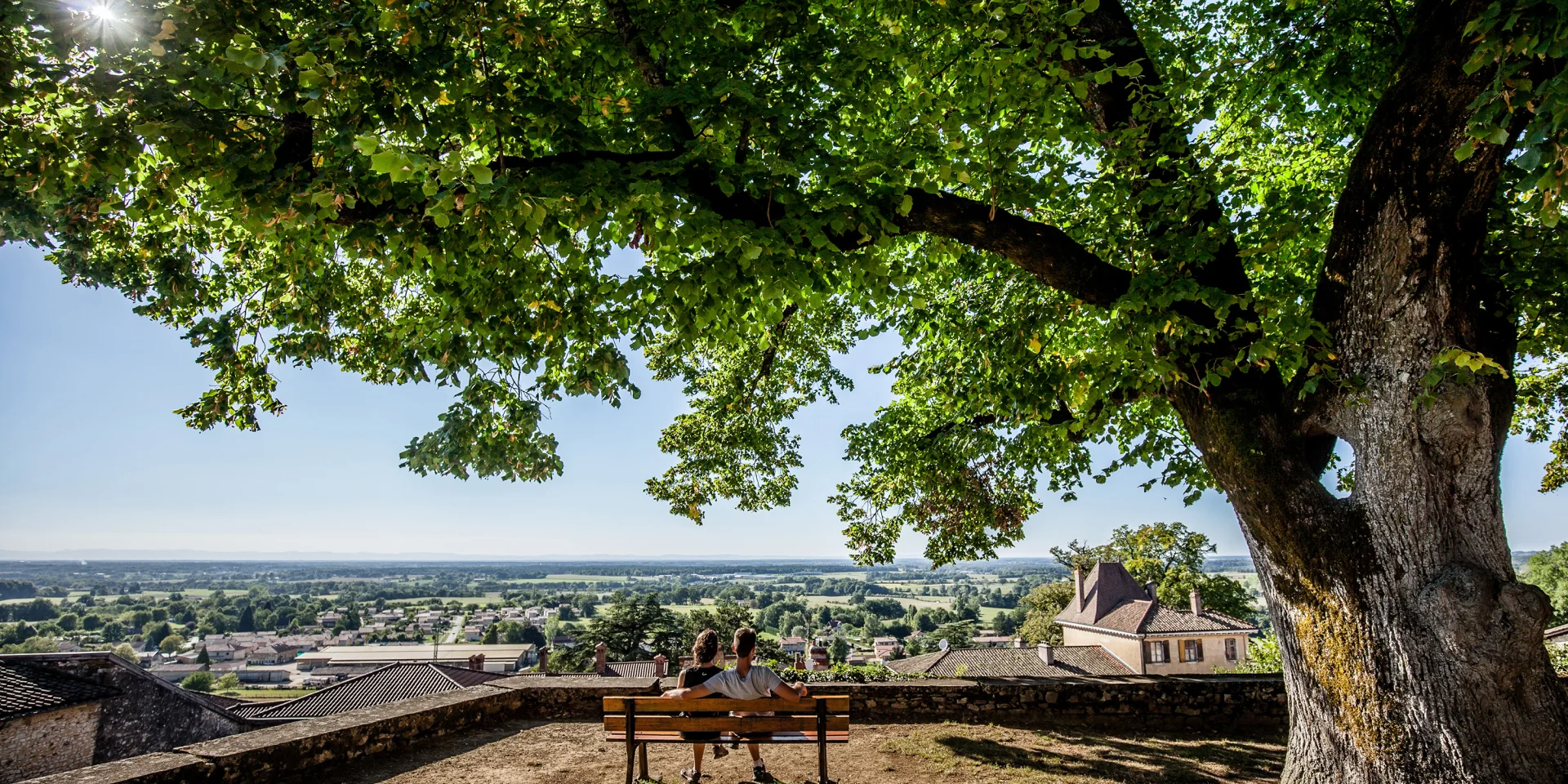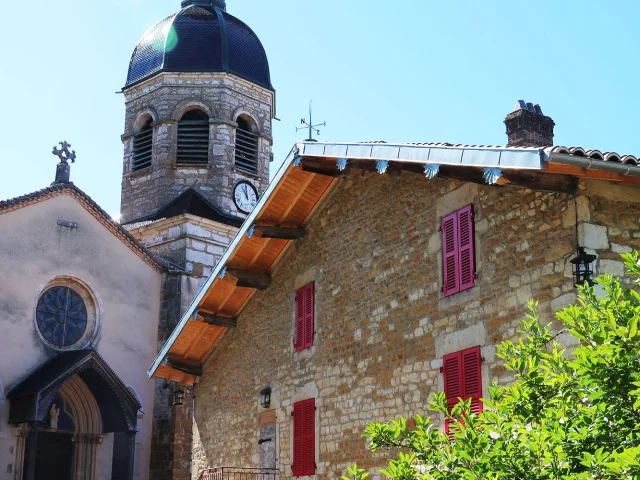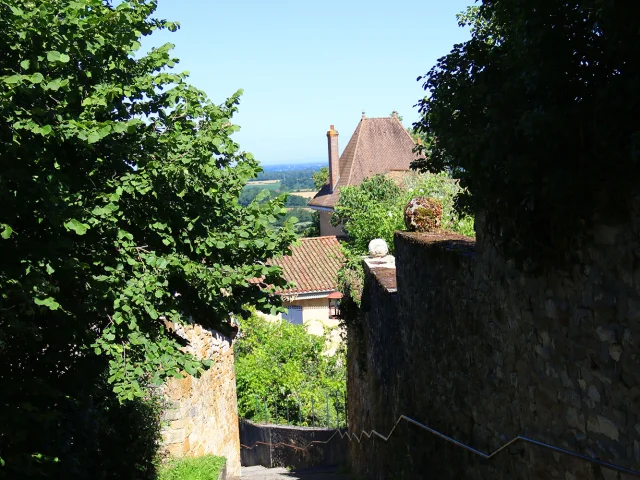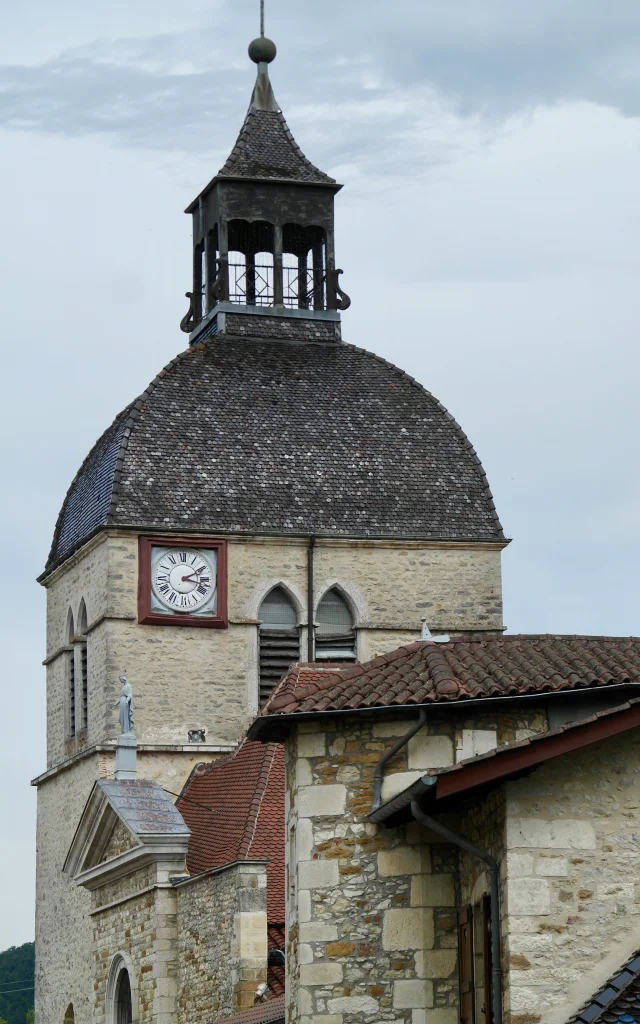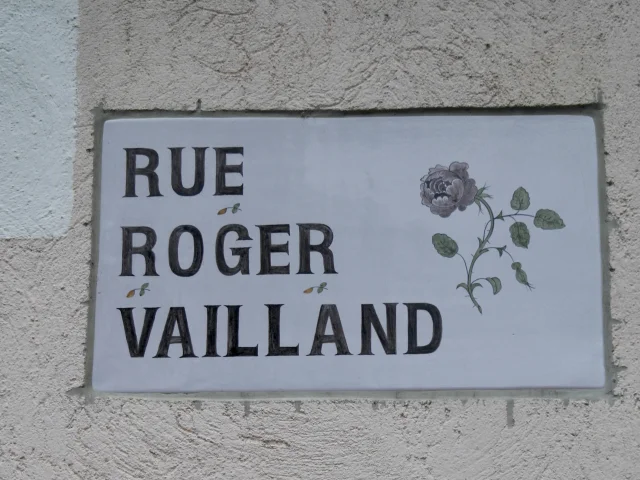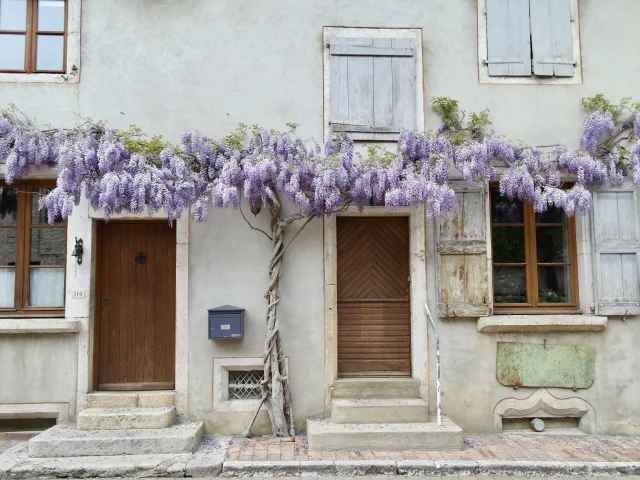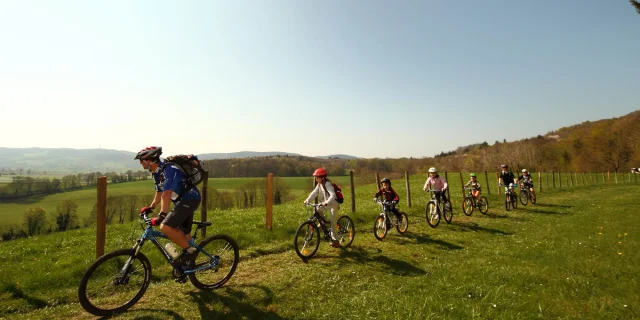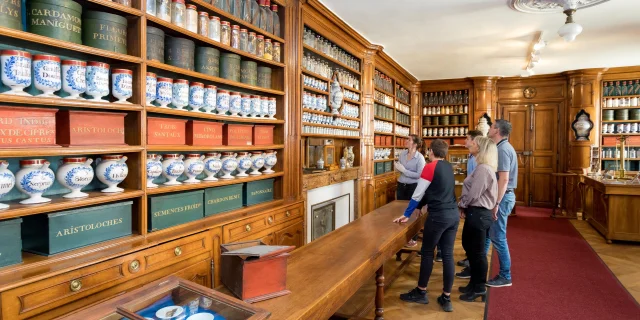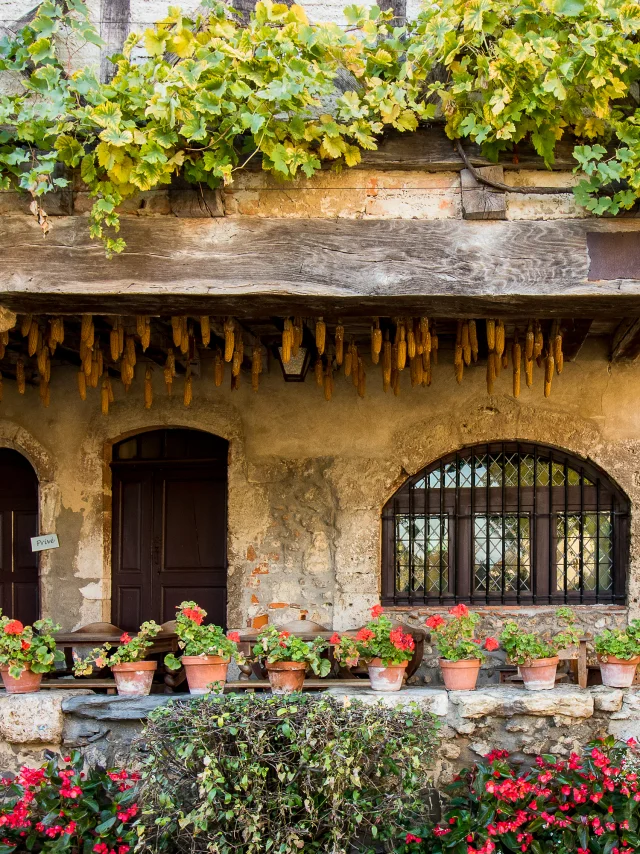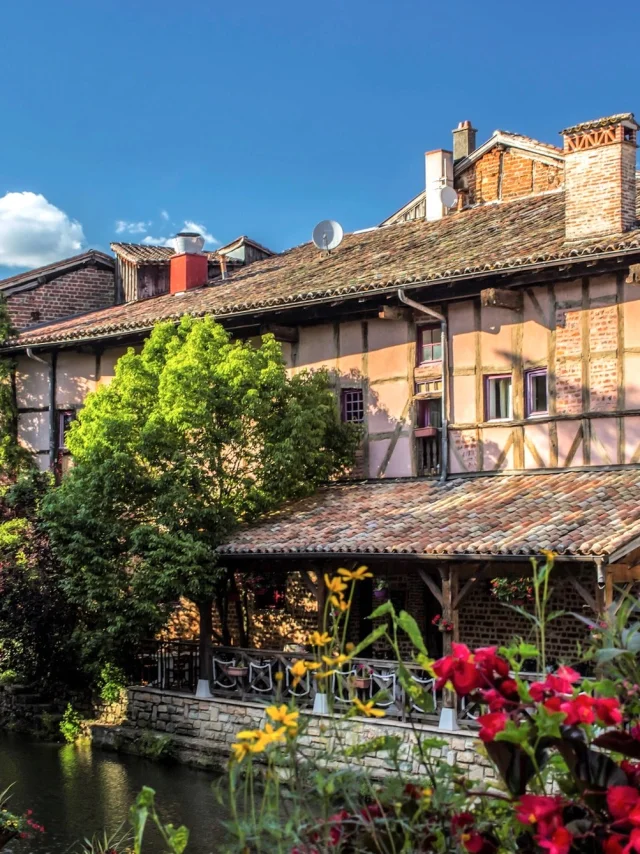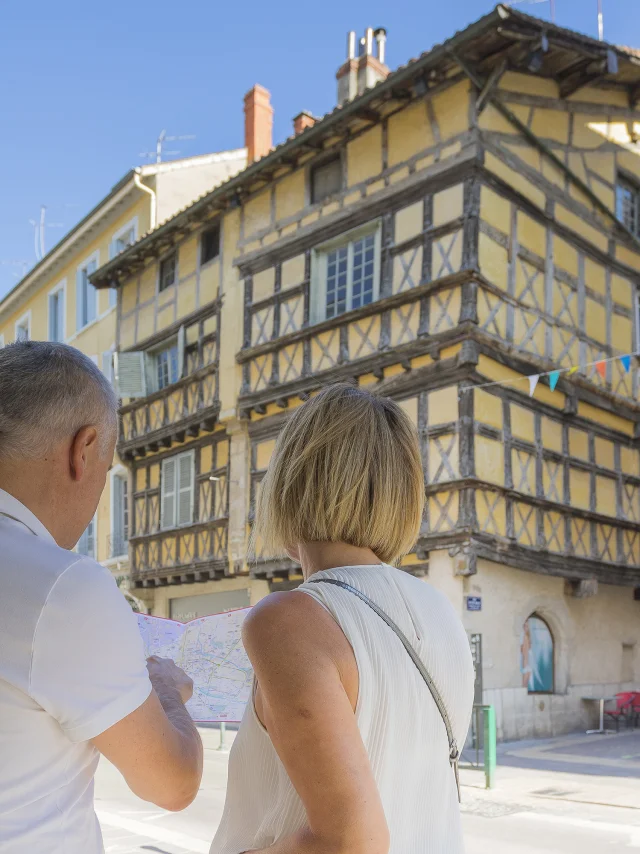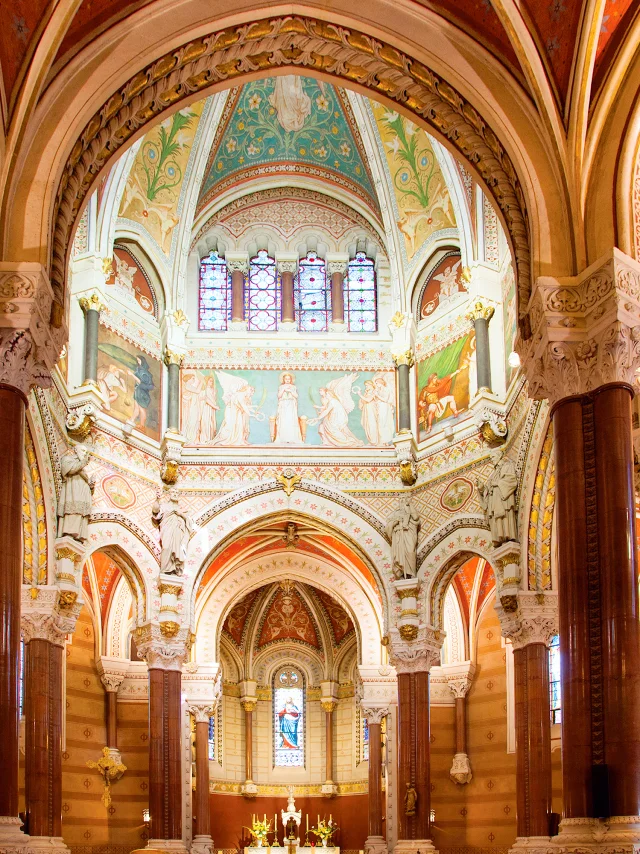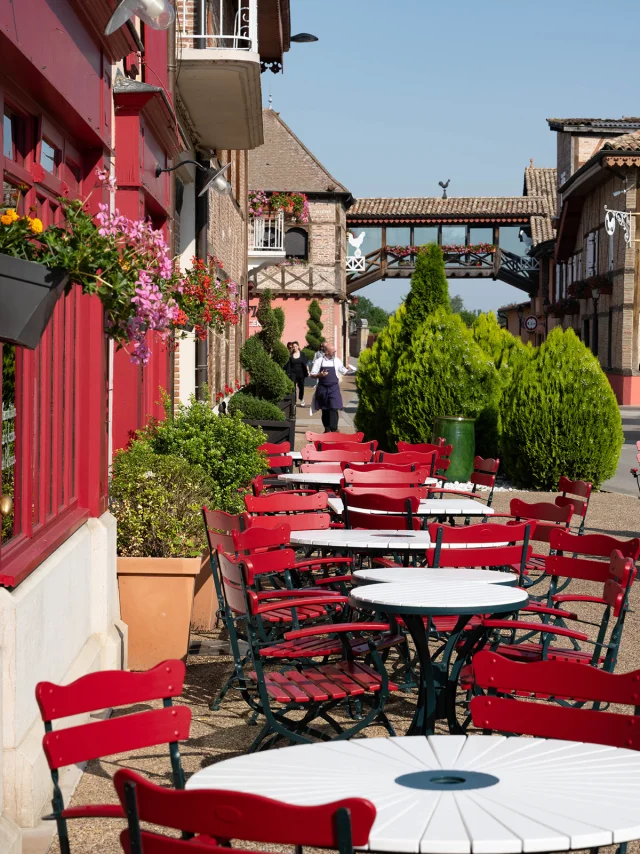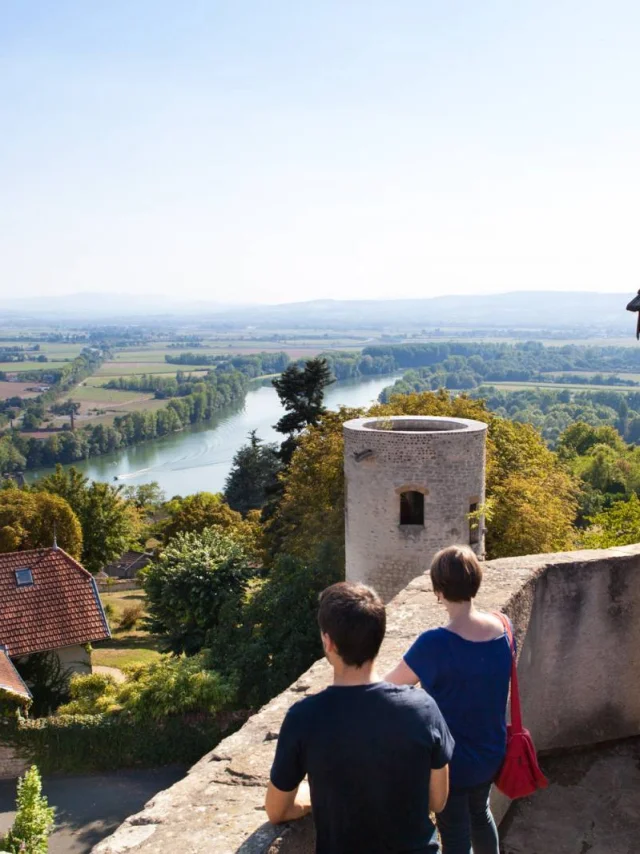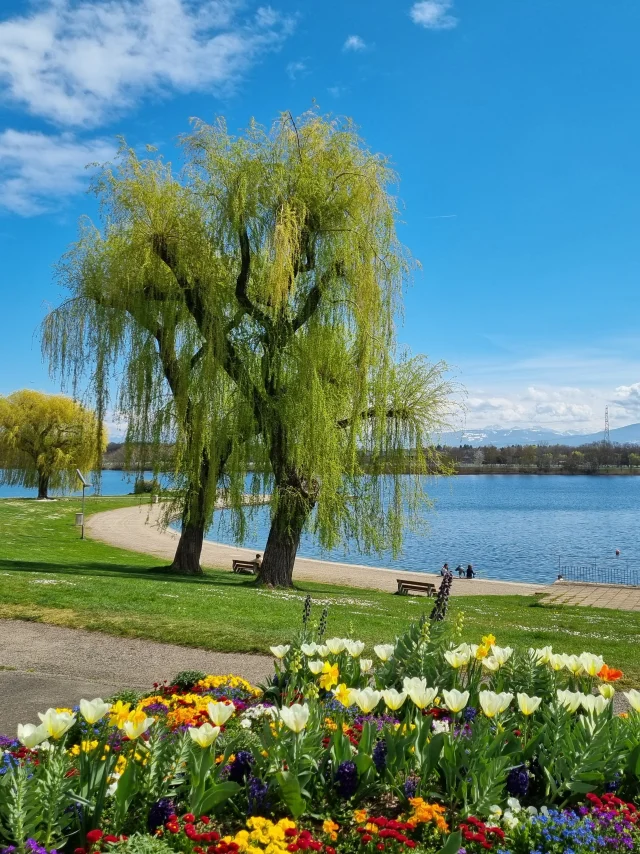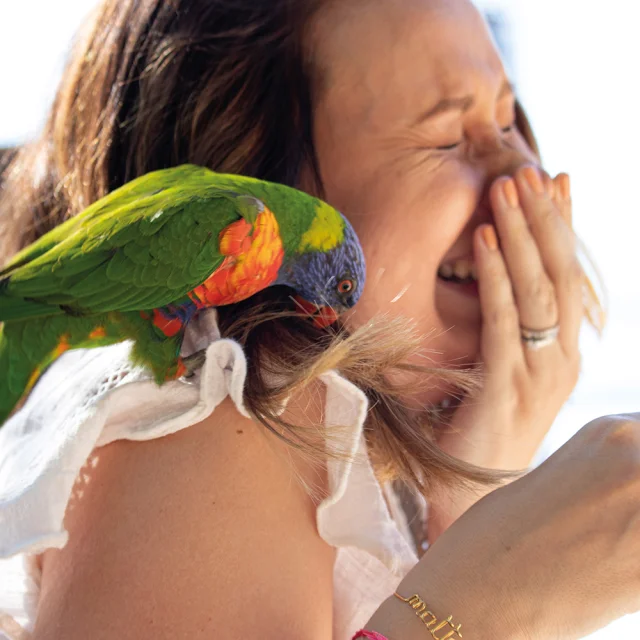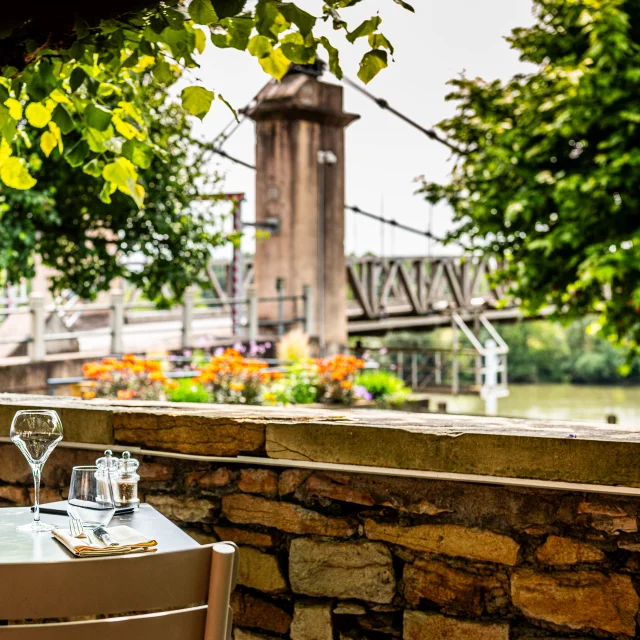Treffort and its fountains
Perched on the first range of the Jura mountains, Treffort flourished around its castle in the Middle Ages. A border town that was besieged several times, Treffort returned to peace when the county became part of France in 1678. Devastated and now in ruins, Treffort castle was restored to its former glory by Tony Ferret (departmental architect) in the early 20th century.
A thousand years old, vineyards have long been the lifeblood of the town, even if today Comté has replaced the “p’tit vin” des Cavets (nickname of the inhabitants of the Revermont region).
The imposing covered market, the beating heart of the village, was rebuilt in the 19th century following a fire, although it actually dates back to the 14th, as does the church of Notre-Dame de l’Assomption, which dominates the village with its elaborate Gothic portal. As you wander through the flower-filled lanes, keep your eyes peeled for the village’s 7 fountains (the sink spouts protruding from the facades) and the bridge house.
Between the Bresse plain and the Revermont, take a hike, notably from the magnificent La Plate wash-house, or take a refreshing break around Lake Monteynard-Avignonet.
